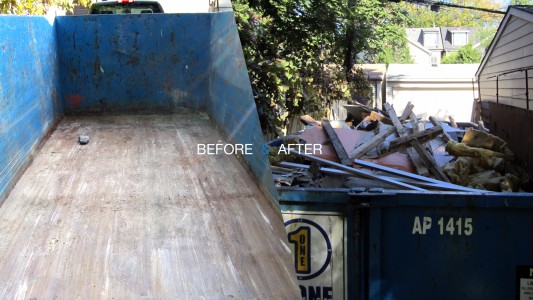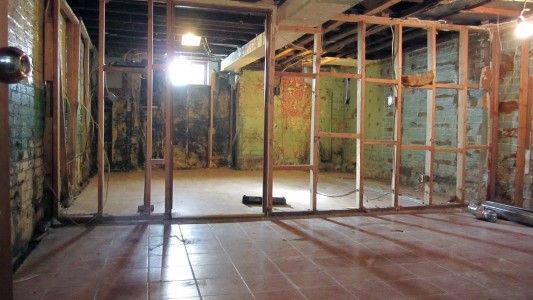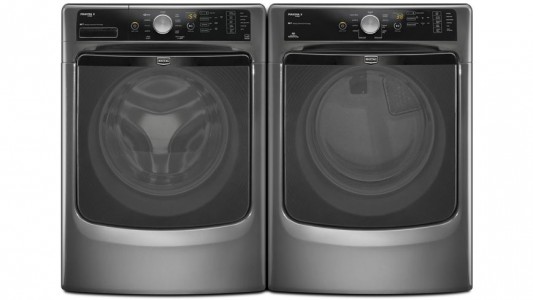There are many pros and cons of tankless water heaters, and this is our experience with replacing our old tank water heater.
The existing tank water heater was old (think late 1980’s), due to be replaced and was rented for a monthly cost from the local energy company. We had run out of hot water a few times (multiple showers and loads of laundry) so we were already considering a replacement but it was really when we realized just how little space there was in the basement that our mind was made up. We wanted something that took up much less space than a traditional tank water heater and that would give us hot water without worrying it would run out for the person who had to shower second.
We have now had our Navien tankless water heater for a year, so are able to give a pretty thorough report of our experience and what we found to be the pros and cons of tankless water heaters.
PROs of a Tankless Water Heater
Space Saving
A tankless water heater really does take up a fraction of the space of a traditional one. Since we are a row house (15.5 ish feet wide), space is at a premium so any opportunity to maximize the available space is one we have to consider taking advantage of.
Unlimited Hot Water
Unlike the traditional tank water heater which contains a certain amount of water that is heated, the tankless water heater heats up the water “on demand” as it runs through, so essentially you have an unlimited supply of hot water.
Energy Savings
We replaced the water heater within 2 months of owning the house so we don’t really have an accurate comparison to know what our energy savings are. In theory the savings come in to play because water is heated as you need/use it instead of a large amount of water sitting in a tank being heated and reheated throughout the day when you are potentially not even home to use it.
CONs of a Tankless Water Heater
Higher Initial Cost
The cost ended up being $2950 (including installation) which is quite a bit more than more than a traditional tank heater. You do save on the monthly rental fee by purchasing it outright.
Location of Tank
Since we use natural gas to power our tankless water heater, it needs to be vented which for us made the location of the water tank inflexible (we really only had two choices of where to put it – at the front or back of the house). In a detached or even semi detached house this may not be as much of an issue, but sandwiched between 2 other houses we had to take this into consideration and make sure our house could accommodate the venting requirements before making the final decision to go tankless.
Using Multiple Appliances
A tankless hot water heater has specific capacity (some large houses will have more than one installed), and we find when running the dishwasher and showering or using the washing machine and washing dishes by hand we will experience a slight drop in water pressure and momentary fluctuation in the temperature.
Waiting For Hot Water
When we turn on the hot water it will usually take a minute or two longer to start running hot than it did when we had the traditional tank heater. For us the extra couple minutes are worth the wait to know we won’t run out of hot water mid-shower, so we don’t really consider this a con but other people may so we thought it should be included in the list.
The Verdict
Looking at all the pros and cons of tankless water heaters we made the decision to go tankless and have not regretted it. While the cost was higher than a traditional tank heater, for us it is well worth it for the space saving aspect and not having to worry about running out of hot water.
Have you replaced a traditional tank water heater with a tankless one – Why or Why not?
Any issues with a tankless water heater after a few years of use?














Comments